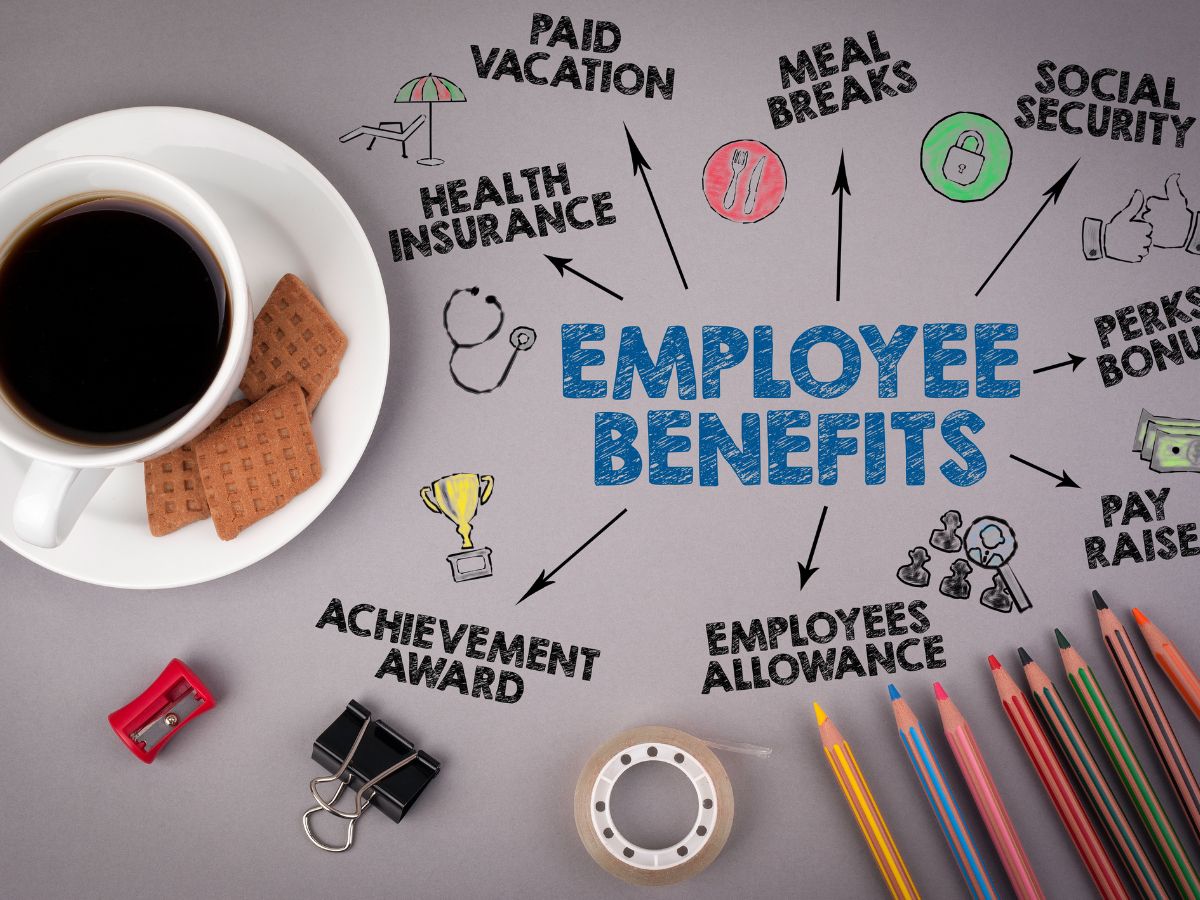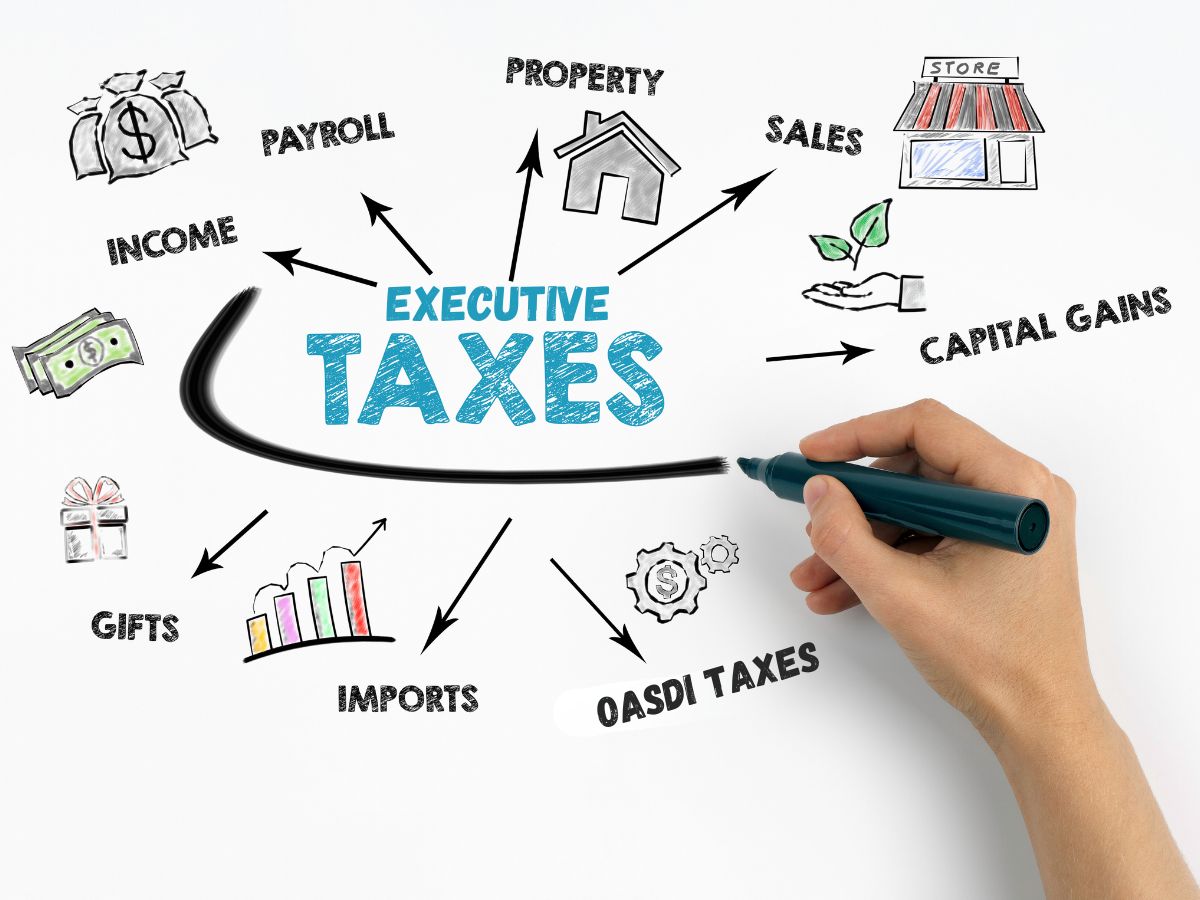
High-credit card debt relief – Best Accredited National Companies for Business
Company Credit Card Debt is often placed on the business owner’s personal credit cards, especially as a start-up. What do you do if you go all in and the start-up does not make it? You may turn to high-credit card debt relief companies that are accredited and national to help solve your problem.
Why does an insurance agent care? because your credit and business are important to you so they are important to me.
The best way to keep from having personal credit card debt, is to plan correctly.
Here are a few tips on how to fund your start-up:
Funding a startup using credit card debt is a risky approach and requires careful consideration. Here are some key points to keep in mind if you’re considering this option:
- Understand the Risks: Credit cards often have high interest rates, which can significantly increase the amount of money you owe over time. If your startup does not generate revenue quickly, you may struggle to make payments, leading to further debt and potential damage to your credit score.
- Budgeting and Planning: Develop a detailed business plan and budget. This should include your startup’s potential revenue streams, operating costs, and a timeline for achieving profitability. Be realistic about your financial projections.
- Use Cards Wisely: If you decide to use credit cards, choose those with the lowest interest rates and best terms. Look for cards with introductory 0% APR periods, rewards, and other benefits that can be advantageous for your business expenses.
- Limit Use to Essential Expenses: Use credit card funding for essential startup costs only, such as initial inventory, essential equipment, or necessary marketing expenses. Avoid using credit for ongoing operational expenses if possible.
- Monitor Spending and Repayments: Keep a close eye on your spending and make payments on time to avoid late fees and additional interest charges. Pay more than the minimum payment whenever possible to reduce your debt faster.
- Consider Alternatives: Explore other funding options such as personal savings, loans from family and friends, angel investors, venture capital, or small business loans. Crowdfunding platforms can also be a way to raise funds without incurring debt.
- Legal and Financial Advice: Consult with financial advisors and legal experts. They can provide guidance on the best funding strategies for your startup and help you understand the legal implications of using credit cards for business funding.
- Plan for Debt Management: Have a plan in place for managing and eventually eliminating your credit card debt. This could include strategies like debt consolidation or transferring balances to cards with lower interest rates.
- Emergency Fund: Maintain an emergency fund to cover unexpected expenses. This can help prevent further credit card use in a pinch.
- Stay Compliant: Ensure that all your business transactions, including those on credit cards, comply with legal and tax regulations.
Remember, using credit cards to fund a startup is a high-risk strategy that should be approached with caution. It’s essential to have a clear plan for how you’ll use the funds and how you’ll pay the debt back.
What do I do if I need Debt relief from a failed start-up?
If you’re seeking debt relief from a failed startup, there are several options available. It’s important to approach this situation with a clear plan and, if possible, seek advice from financial experts. Here are some steps and options to consider:
- Assess Your Financial Situation:
- Make a detailed list of all your debts, including credit card debts, loans, and any other financial obligations.
- Determine your monthly income and expenses to understand how much you can realistically pay towards your debts.
- Communicate with Creditors:
- Contact your creditors to inform them about your situation. Some may be willing to work with you by adjusting payment terms or reducing interest rates.
- Ask about hardship programs or any other options they might offer for temporary relief.
- Debt Consolidation:
- This involves taking out a new loan to pay off multiple debts. Ideally, the new loan should have a lower interest rate, making it easier to manage payments.
- Be cautious and understand the terms and conditions, as consolidating your debts extends the repayment period and may increase the total amount paid over time.
- Debt Settlement:
- This is a process where you or a debt settlement company negotiates with creditors to settle a debt for less than what is owed.
- Keep in mind that debt settlement can negatively impact your credit score and may have tax implications.
- Credit Counseling:
- Non-profit credit counseling agencies can help you manage your debt by offering advice and organizing a debt management plan.
- Counselors can negotiate with creditors on your behalf to lower interest rates and create a manageable payment plan.
- Bankruptcy:
- Bankruptcy is a legal process that helps individuals or businesses get relief from debts they can’t pay.
- There are different types of bankruptcy (like Chapter 7 or Chapter 13 in the U.S.), each with its own rules and consequences. Bankruptcy can have a significant impact on your credit score and future ability to borrow.
- It’s important to consult with a bankruptcy attorney to understand the implications and whether it’s the right choice for your situation.
- Liquidating Assets:
- Selling off assets from your failed startup or personal assets can provide funds to pay off debts.
- Evaluate which assets you can sell without impacting your ability to earn income.
- Explore Government Programs and Non-Profit Organizations:
- Some governments offer programs to assist small business owners with debt relief.
- Non-profit organizations may provide guidance or financial assistance to entrepreneurs in distress.
- Financial and Legal Advice:
- Consult with financial advisors and legal professionals. They can offer guidance specific to your situation and help you understand the implications of each debt relief option.
- Future Financial Planning:
- Once you have addressed your immediate debt issues, focus on rebuilding your financial stability.
- Create a budget, build an emergency fund, and learn from past experiences to avoid similar situations in the future.
Each option has its pros and cons, and the right choice depends on your specific circumstances, including the amount of debt, your assets, and your future income prospects. It’s essential to consider the long-term implications of each option on your financial health and credit score.
- CANCER INSURANCE BENEFITS - January 6, 2024
- What is OASDI Tax - December 14, 2023
- High Volume Pay Per Call Insurance Leads - December 10, 2023







